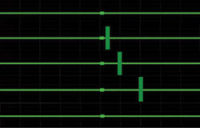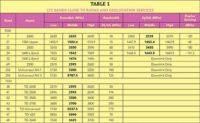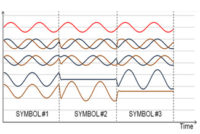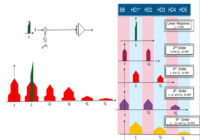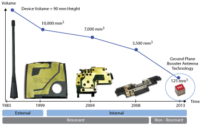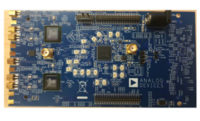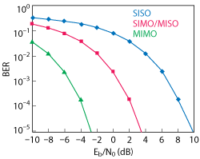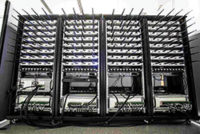Technical Articles
Complex RF Mixers, Zero IF Architecture, and Advanced Algorithms: The Black Magic in Next-Generation SDR Transceivers
This paper was an Outstanding Paper Award finalist at EDI CON USA 2017
Read More
Ultra-wideband DPD; the rewards & challenges for cable distribution systems
This paper was an Outstanding Paper Award winner at EDI CON US 2017
Read More
Overcoming Assembly Challenges with Bottom Termination Components
This paper was an Outstanding Paper Award finalist at EDI CON USA 2017
Read More

